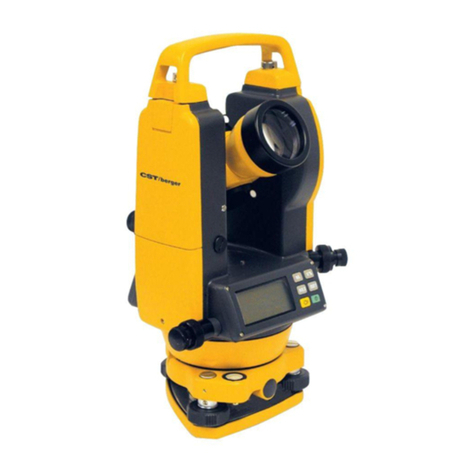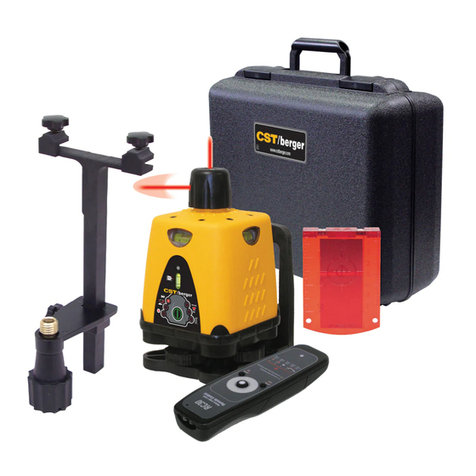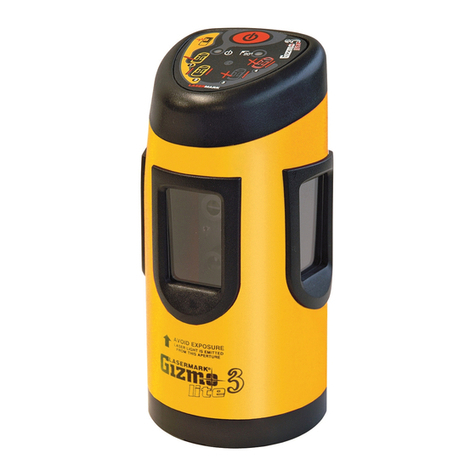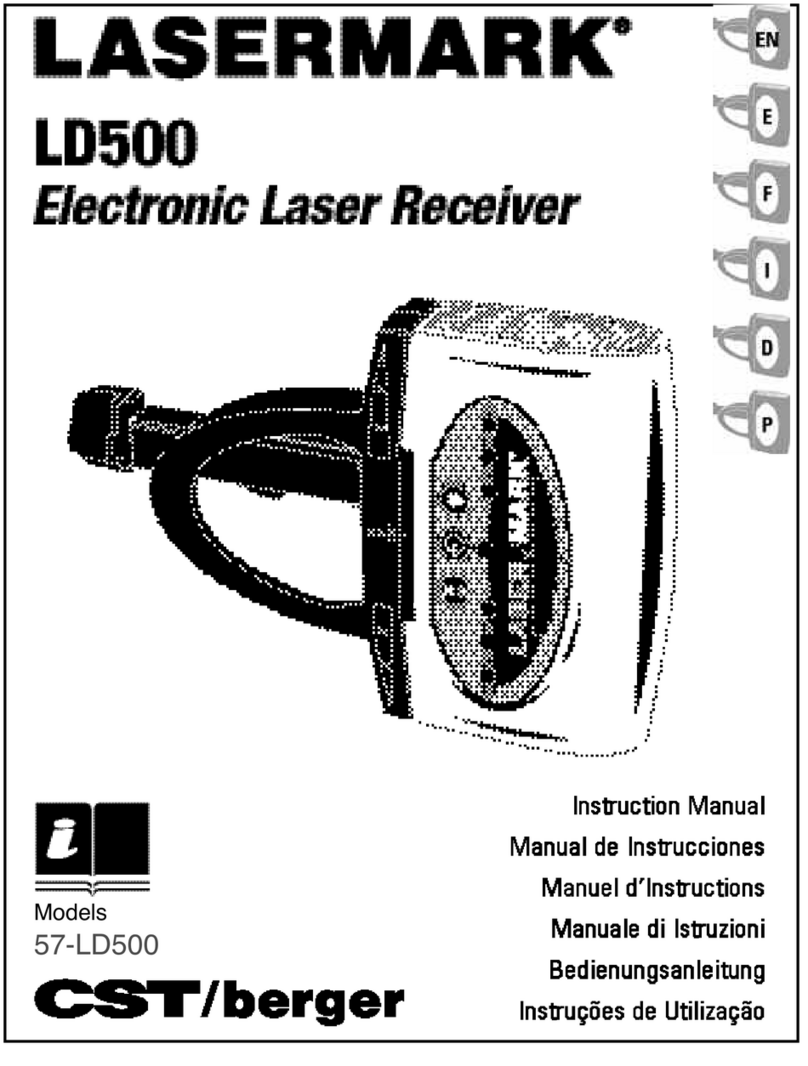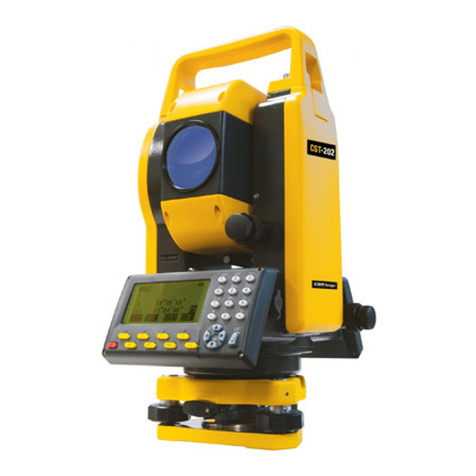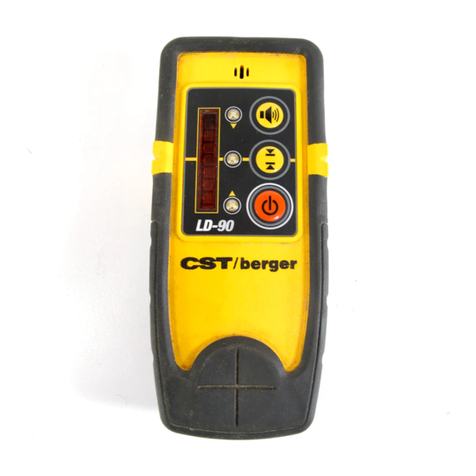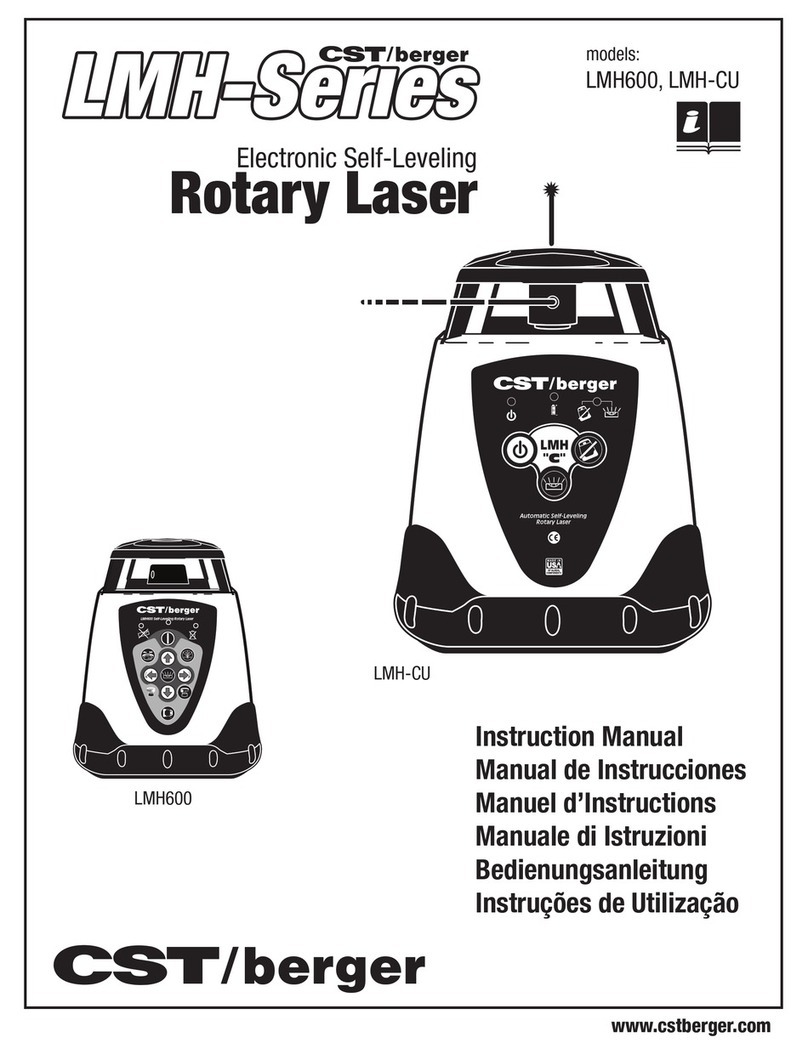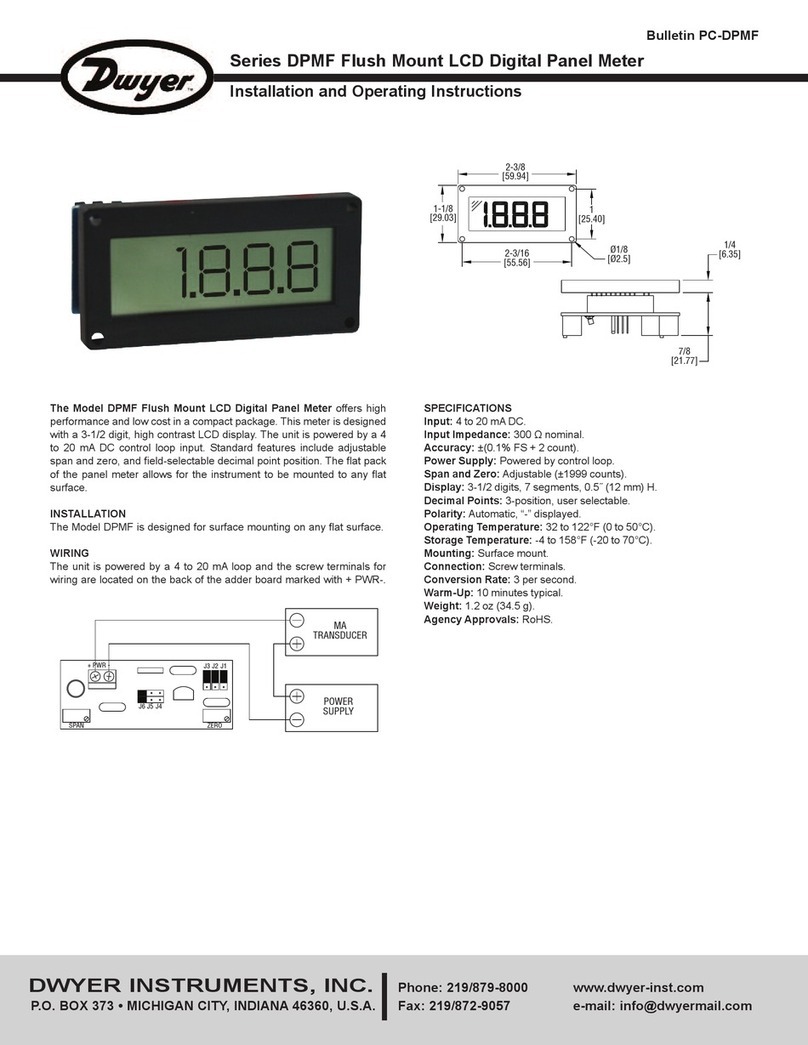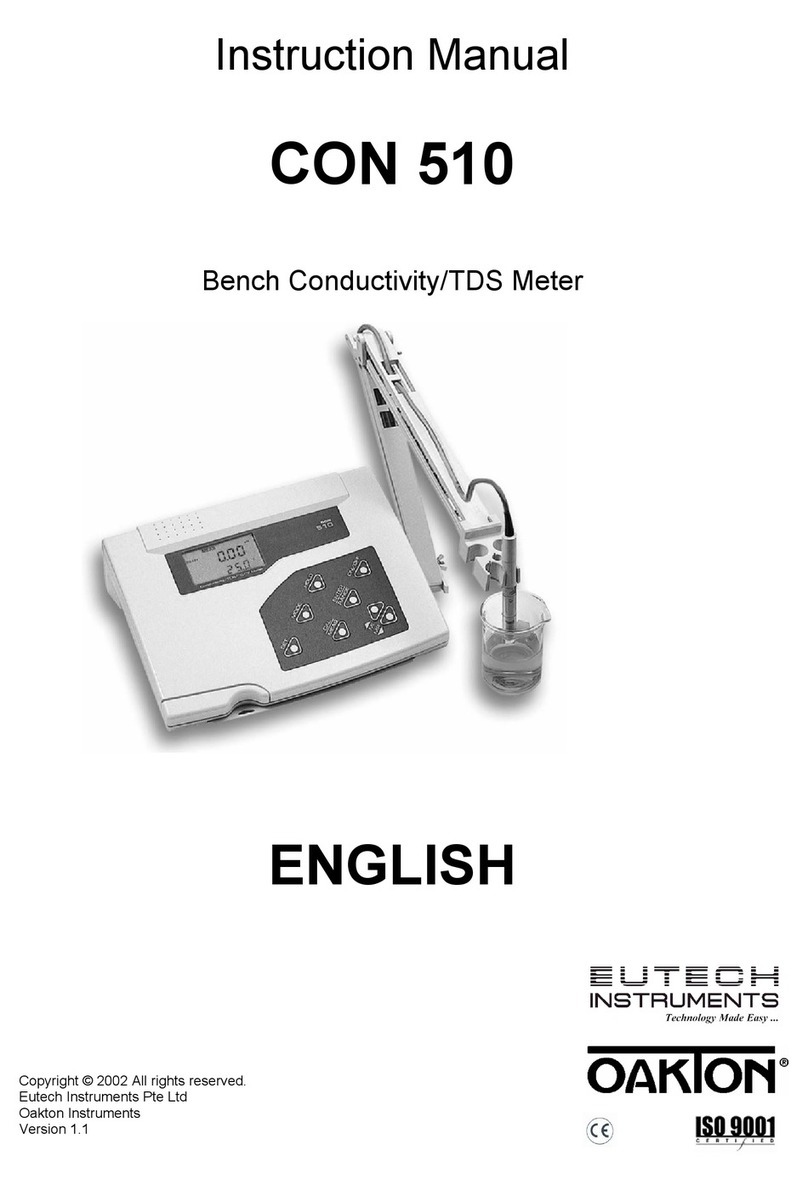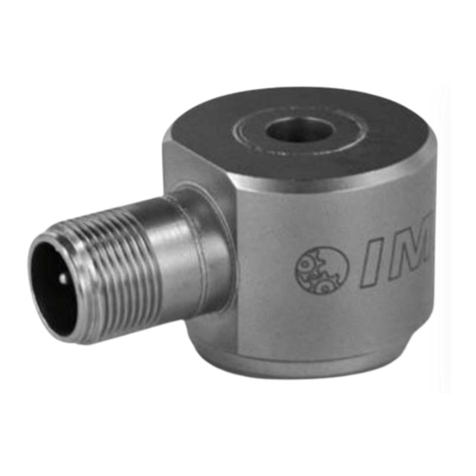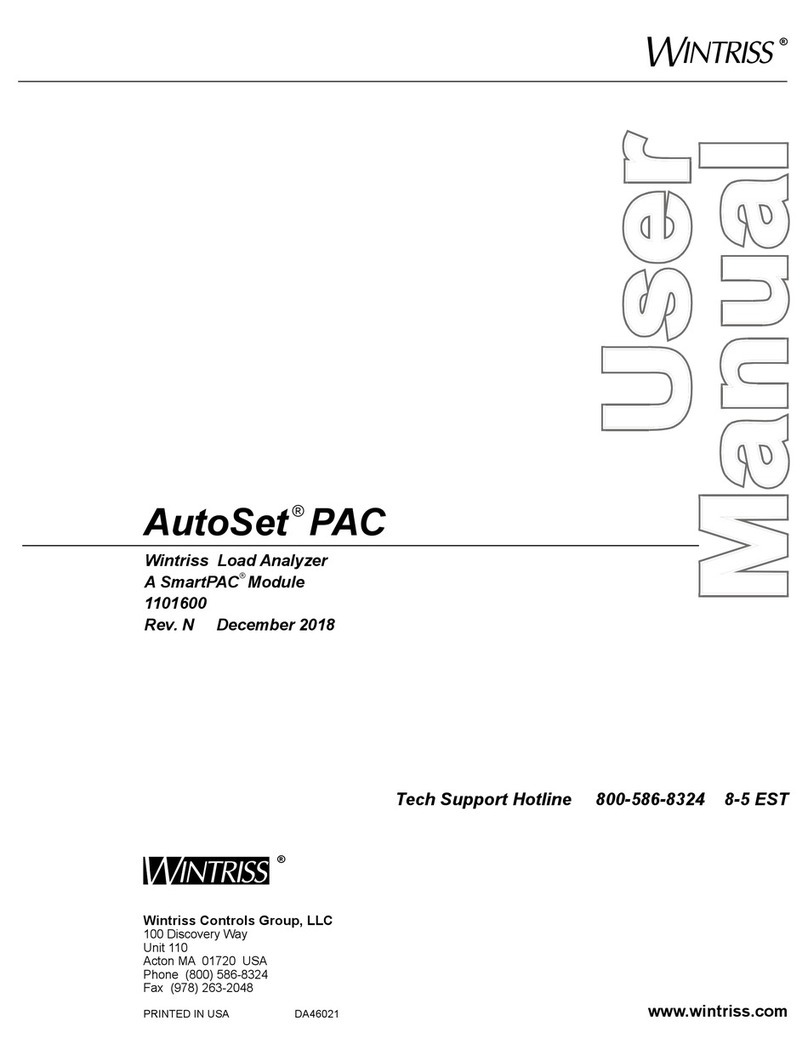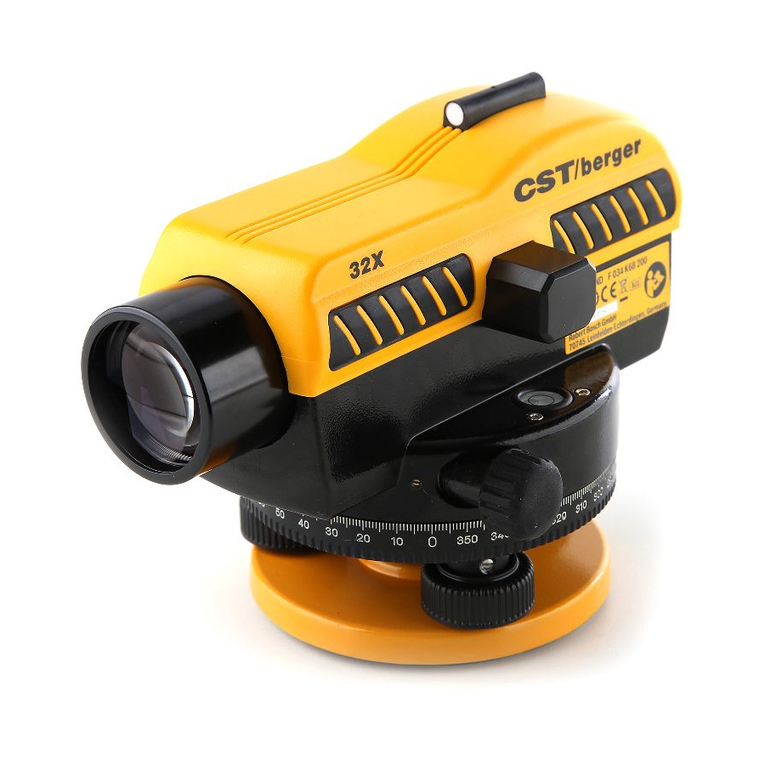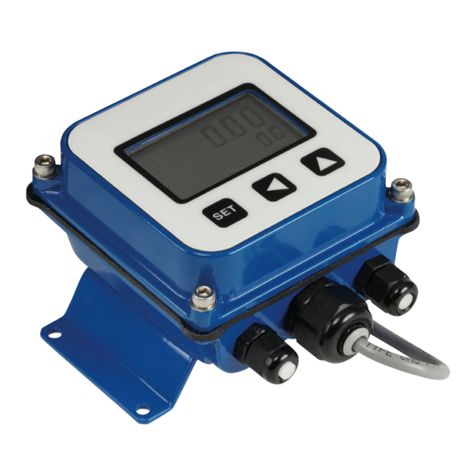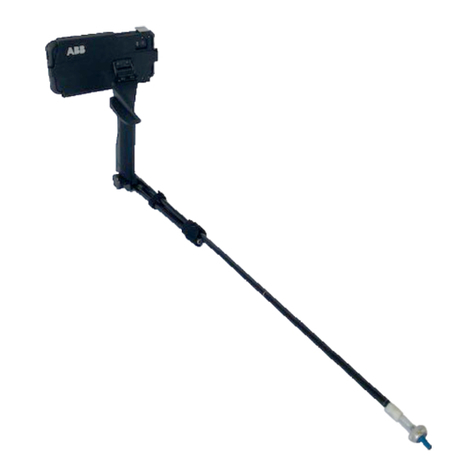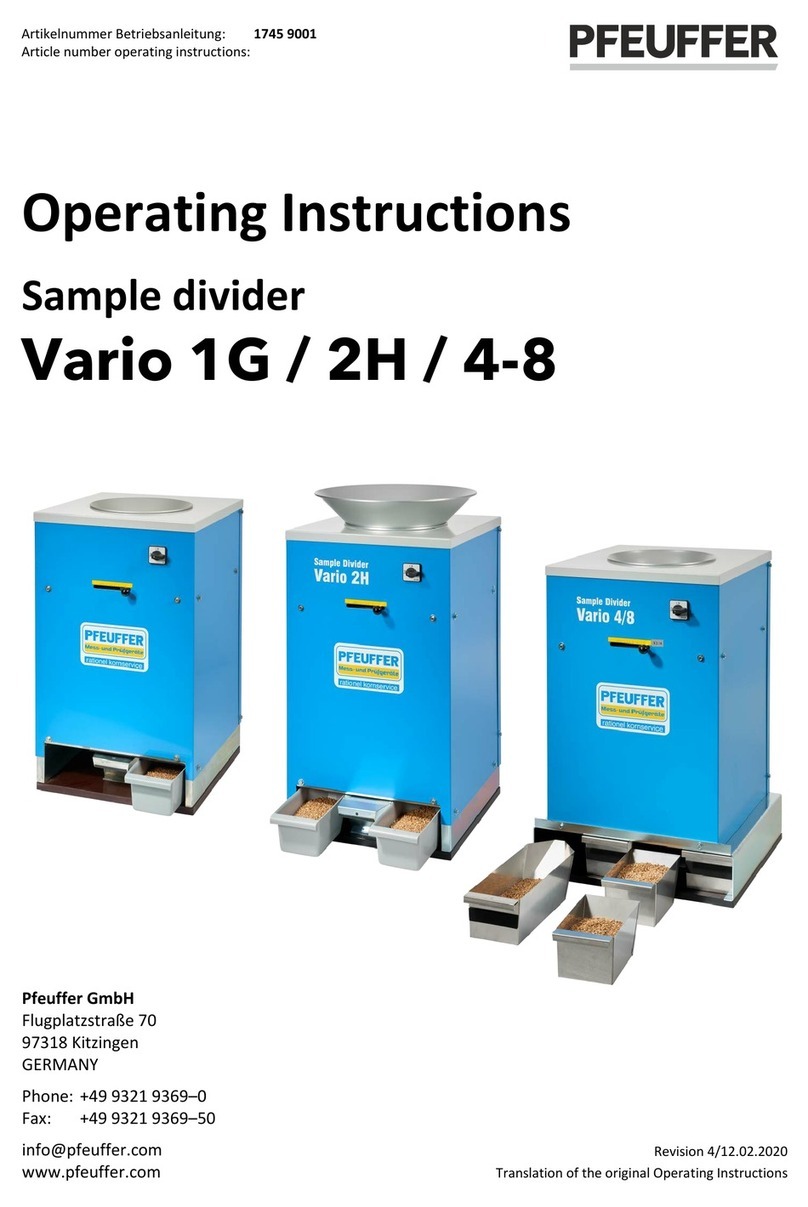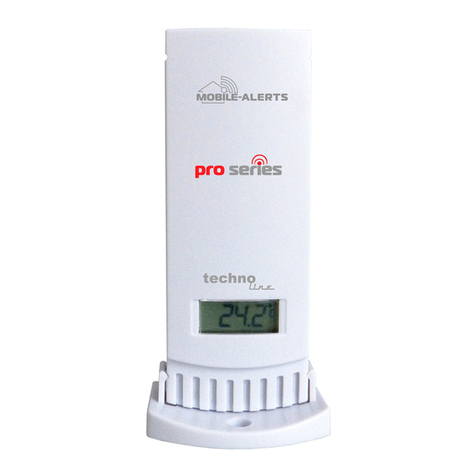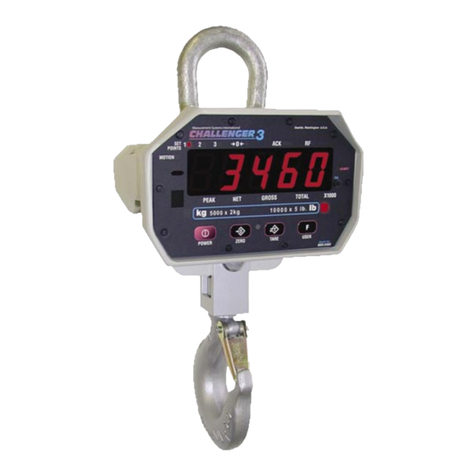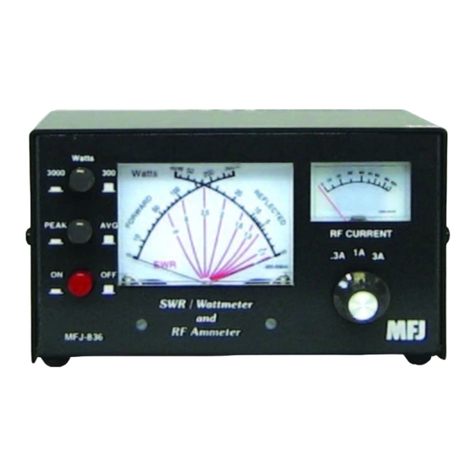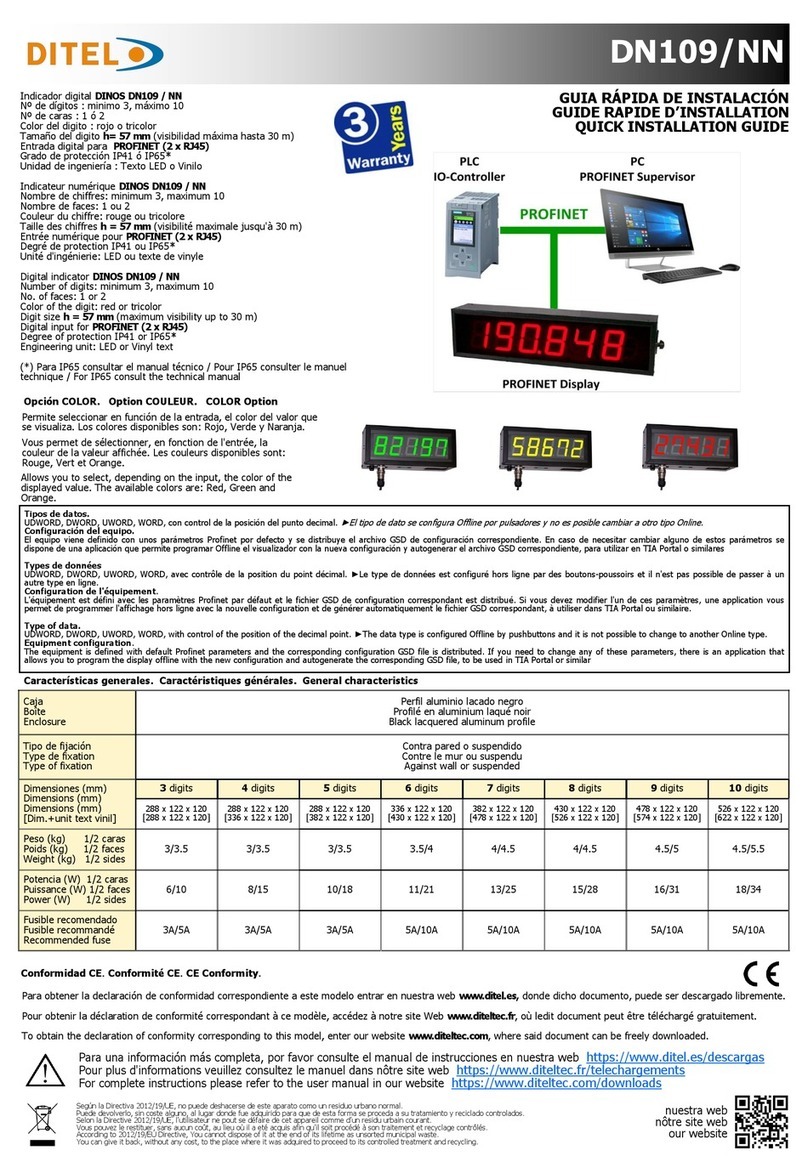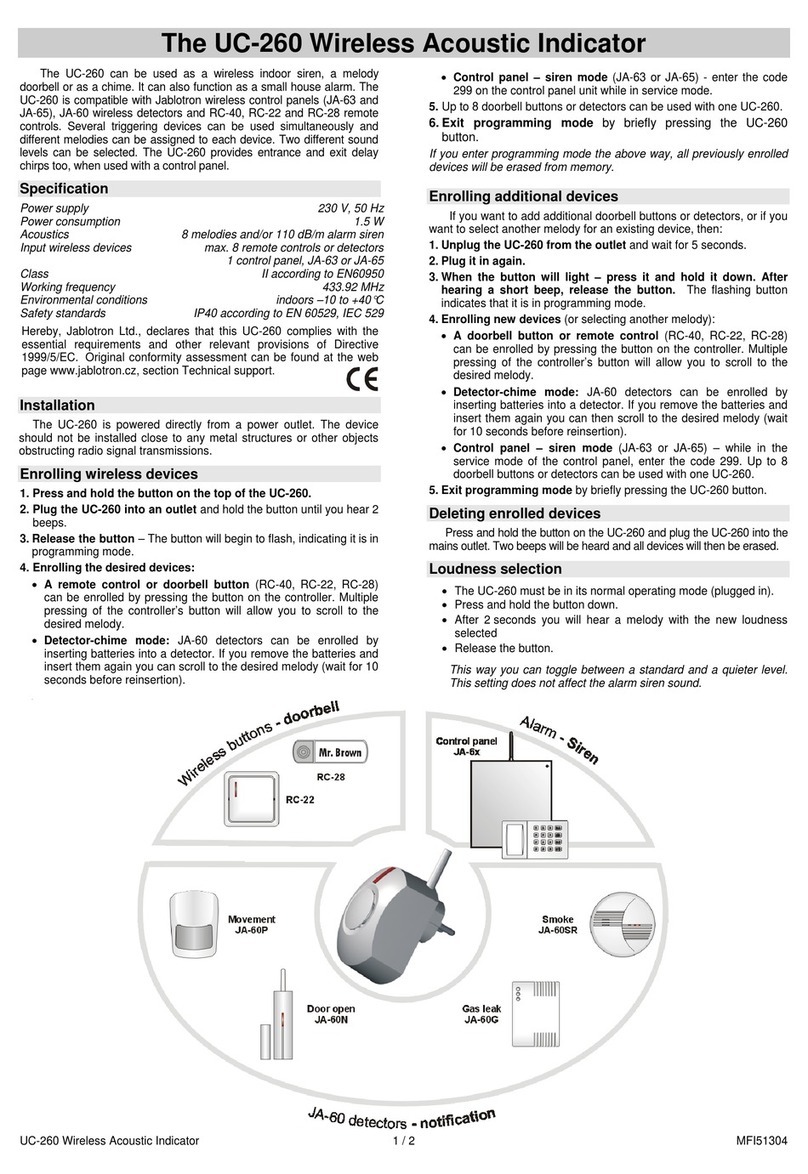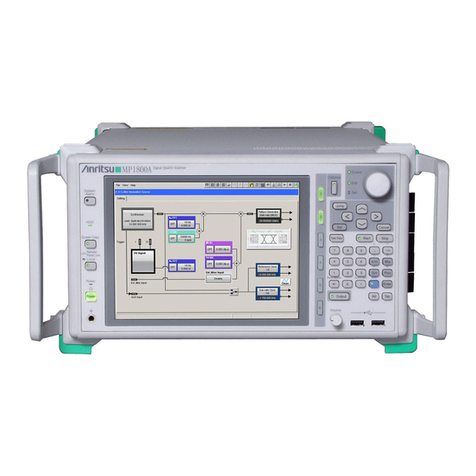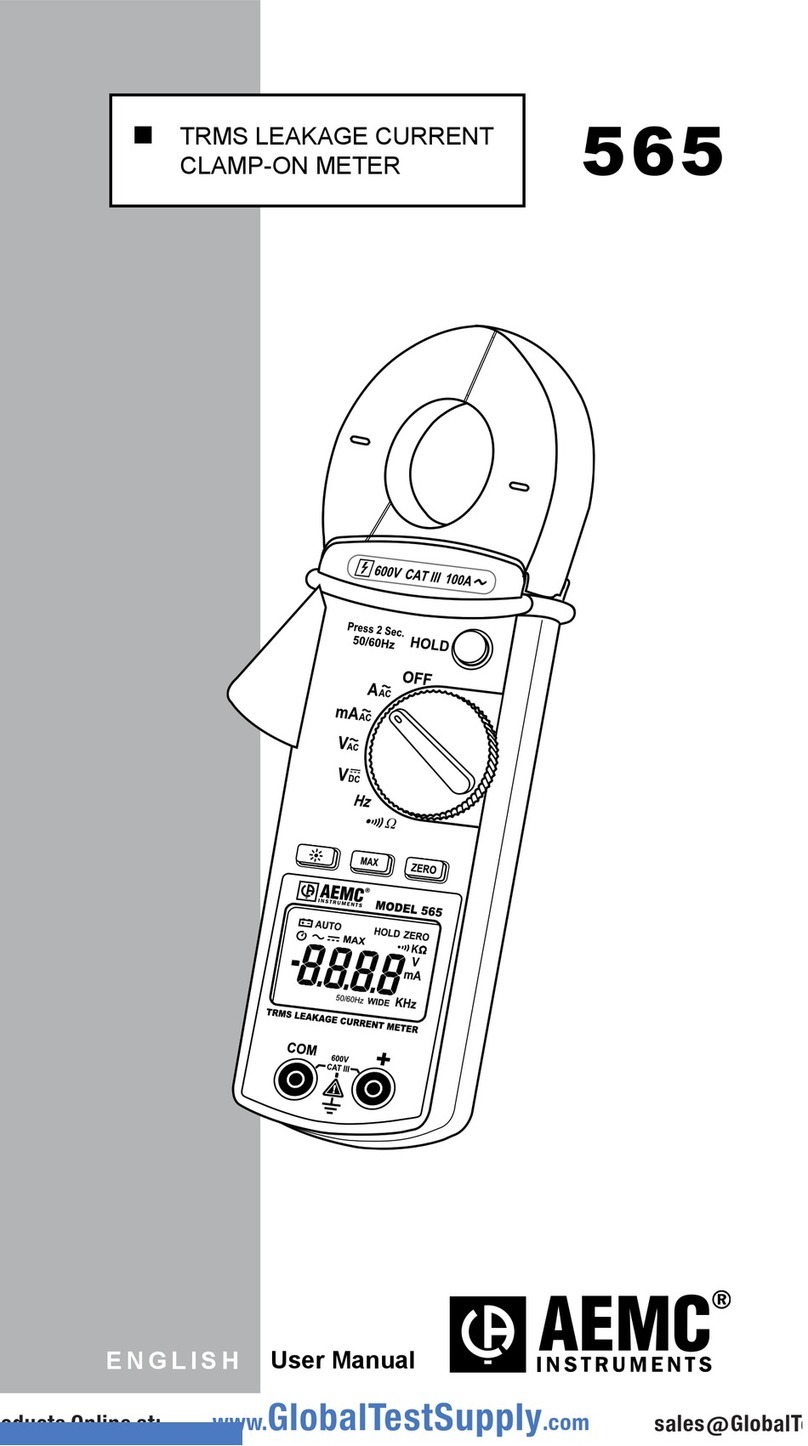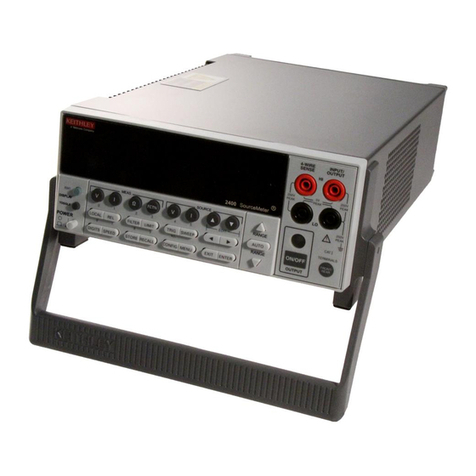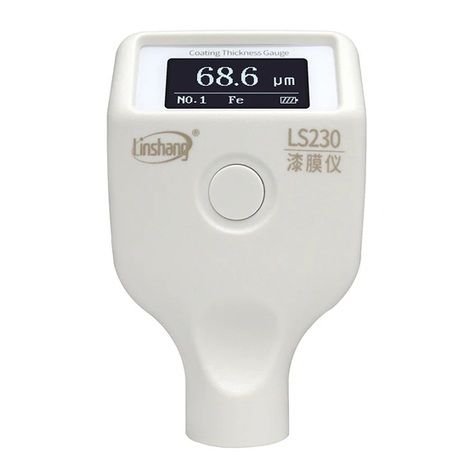
Français | 192 610 A15 118 • 14.8.09
fr
Avertissements de sécurité
Avertissements de sécurité pour
appareils de mesure
Il est impératif que toutes les ins-
tructions soient lues et prises en
compte pour pouvoir travailler sans
risques et en toute sécurité avec cet
appareil de mesure. Veillez à ce que
les plaques signalétiques se trou-
vant sur l’appareil de mesure res-
tent toujours lisibles. CONSERVEZ
SOIGNEUSEMENT CES INSTRUC-
TIONS DE SECURITE.
fAttention – si d’autres dispositifs d’utilisa-
tion ou d’ajustage que ceux indiqués ici sont
utilisés ou si d’autres procédés sont appli-
qués, ceci peut entraîner une exposition
dangereuse au rayonnement.
fCet appareil de mesure est fourni avec une
plaque d’avertissement en langue anglaise
(dans la représentation de l’appareil de
mesure se trouvant sur la page des graphi-
ques elle est marquée du numéro 7).
fAvant la première mise en service, recouvrir
le texte anglais de la plaque d’avertissement
par l’autocollant fourni dans votre langue.
Ne pas diriger le faisceau laser
vers des personnes ou des ani-
maux et ne jamais regarder soi-
même dans le faisceau laser. Cet
appareil de mesure génère un rayonne-
ment laser de la classe 2M selon la
norme IEC 60825-1. Regarder directe-
ment dans le faisceau laser –surtout
avec des instruments d’optique de
focalisation tels que jumelles etc. –
peut endommager les yeux.
fNe pas utiliser les lunettes de vision du fais-
ceau laser en tant que lunettes de protec-
tion. Les lunettes de vision du faisceau laser
servent à mieux visualiser le faisceau laser, elles ne
protègent cependant pas du rayonnement laser.
fNe pas utiliser les lunettes de vision du fais-
ceau laser en tant que lunettes de soleil ou
en circulation routière. Les lunettes de vision
du faisceau laser ne protègent pas parfaitement
contre les rayons ultra-violets et réduisent la per-
ception des couleurs.
fNe faire réparer l’appareil de mesure que par
une personne qualifiée et seulement avec
des pièces de rechange d’origine. Ceci permet
d’assurer la sécurité de l’appareil de mesure.
fNe pas laisser les enfants utiliser l’appareil
de mesure laser sans surveillance. Ils risque-
raient d’éblouir d’autres personnes par mégarde.
fNe pas faire fonctionner les appareils de
mesure en atmosphère explosive, par exem-
ple en présence de liquides inflammables,
de gaz ou de poussières. L’appareil de mesure
produit des étincelles qui peuvent enflammer les
poussières ou les vapeurs.
Ne pas placer le mini-trépied laser
à proximité de stimulateurs car-
diaques. Les aimants 13 génèrent un
champ pouvant entraver le fonctionne-
ment de stimulateurs cardiaques.
fGarder le mini-trépied laser à distance des
supports de données magnétiques et
d’appareils sensibles aux sources magnéti-
ques. L’effet des aimants 13 peut entraîner des
pertes de donnés irréversibles.
fProduit destiné à un usage professionnel
présentant des dangers pour une autre utili-
sation que la prise de niveau.
Instructions de sécurité pour
chargeurs
Il est impératif de lire toutes les
consignes de sécurité et toutes les
instructions. Le non respect des consi-
gnes de sécurité et instructions indi-
quées ci-après peut entraîner un choc
électrique, un incendie et/ou une bles-
sure sérieuse sur les personnes.
Ne pas exposer le chargeur à la pluie
ou à l’humidité. La pénétration d’eau
dans un chargeur augmente le risque d’un
choc électrique.
fNe pas charger des accus d’une autre mar-
que. Le chargeur n’est approprié que pour char-
ger des accus CST/berger (NiMH) des tensions
indiquées dans les Caractéristiques Techniques.
Sinon, il y a risque d’incendie et d’explosion.
fMaintenir le chargeur propre. Un encrasse-
ment augmente le risque de choc électrique.
IEC 60825-1:2007-03
< 1 mW, 635 nm
Rayonnement laser classe 2M
Ne pas regarder dans le fais-
ceau ni à l’oeil nu ni à l’aide
d’un instrument d’optique.
OBJ_BUCH-931-004.book Page 19 Friday, August 14, 2009 12:12 PM




















